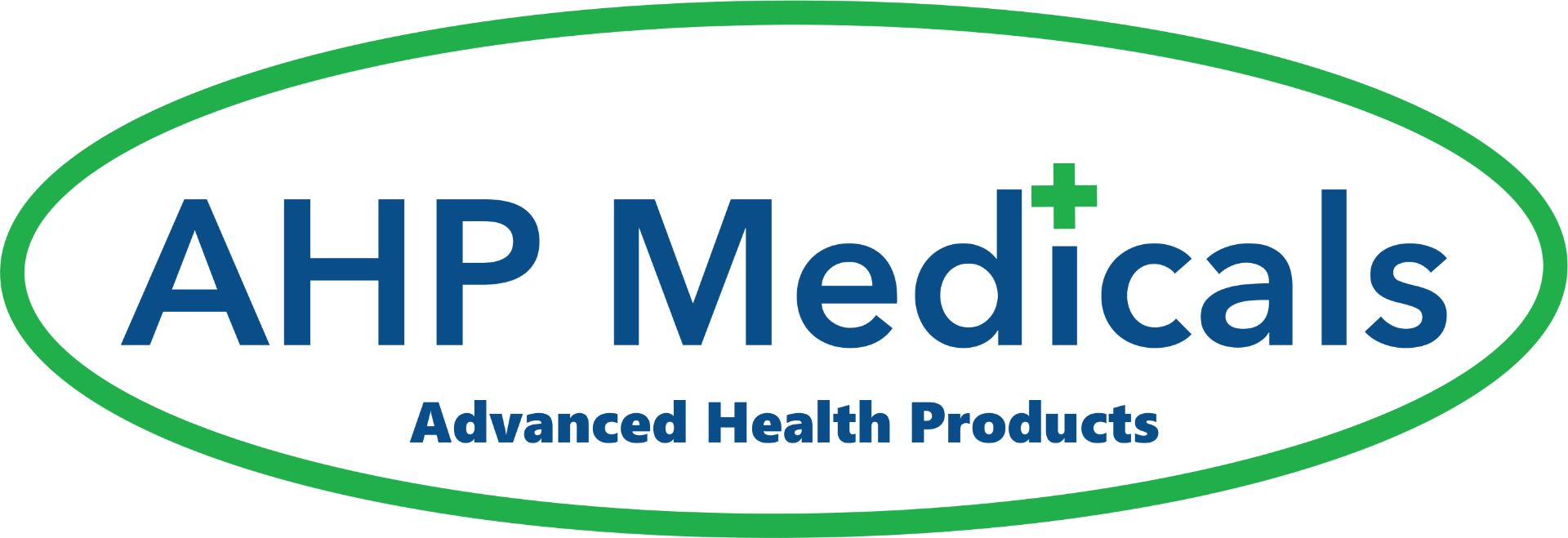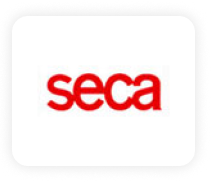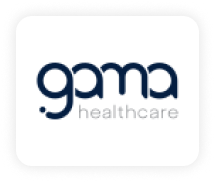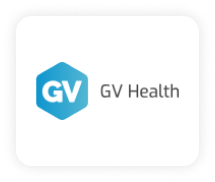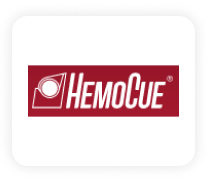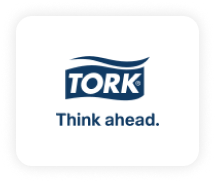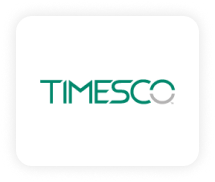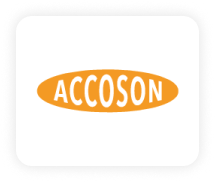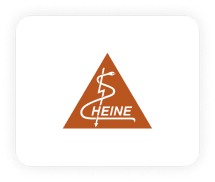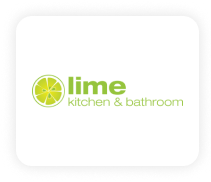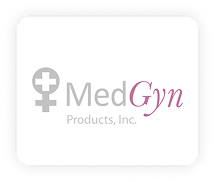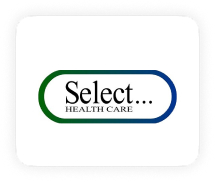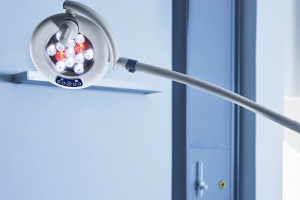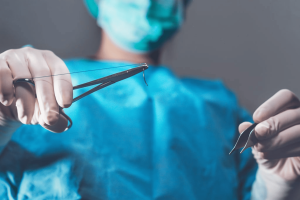4 Medical Supplies Every School Should Have

Whilst a school should do everything in their power to avoid accidents being in the first place. It'll be nearly insolvable to rule them out altogether. likewise, young scholars are nearly clearly going to have smaller antibodies in their systems. They will in turn fall foul of all mores of different infections as they grow up. As similar, seminaries will need a vast array of specific medical supplies available to them. They need to ensure that a nanny is on hand to administer first aid or diagnose certain symptoms.
There are numerous reasons why young individuals are more likely than grown-ups to get injured or feel under the rainfall. Simply from being in large groups to energetic playtime, seminaries need to be prepared for enough much every eventuality.
Here is the list of medical supplies every school should have.
1.First Aid Kit
This presumably goes without saying, still what goes into a first aid kit can vary so it’s important to ensure yours is well grazed with aseptic and effective products. Each school should have at least one major first aid kit that's kept within the sick bay, still, for larger schools, multiple first aid kits may be a good idea.
Things that should be included in a kit are:
- First Aid Manual – There are a several manuals available and these could be from the state ambulance service
- Wound Cleaning Equipment
- Wound dressing equipment
- Bandages
- Injury treatment essentials – This includes scissors, tweezers, splinter probes, sharps container, flexible splints, safety pins, gel packs, and ice packs.
Liquids – Sunscreen, Sterile saline ampoules
Checkout complete first aid supplies here.
2. Defibrillator
Cardiac arrest can be to anyone, including children, and the first few minutes are vital. Having a defibrillator on the point that can be penetrated snappily can drastically increase the chance of survival.
Defibrillators are easy to use, with voice and visual prompts to guide you through what to do. You don't need to be trained to use one, but we recommend that students take a defibrillator training course to insure they can use the device snappily and confidently in an exigency.
Defibrillators can be used safely on children over the age of eight. For children progressed between one and eight, you'll need separate paediatric defibrillator pads or a separate paediatric defibrillator, unless your defibrillator has a special paediatric casualty function.
Buy Defibrillators here.
3.Fire Safety Supplies
Fire Alarm alerts everyone in the structure that there's a fire and to call the fire service before it gets out of control.
Fire extinguishers can allow you to put out a small fire before it becomes ungovernable. They come with different extinguishing parcels and you must use the correct type for it to be effective.
Sprinklers can help in the control of a fire in its early stages, limiting damage and giving inhabitants fresh time to escape, as well as reducing the pitfalls faced by firefighters attending the incident.
Fire doors should be installed from the moment the school has been built. They help the spread of a fire and can hold a fire in one room for 30 or 60 minutes depending on your door type.
Shop for fire safety supplies here.
4. Personal protective equipment (PPE)
The CDC recommends frequent hand washing and appropriate use of hand sanitizer as a way to help reduce the spread of infectious diseases. So you are going to want plenty on hand. Masks can be tricky for younger children. Adult-sized masks often don’t fit well on child-size faces. Sure, you can buy cloth masks for children. Disinfecting wipes are some of the best weapons we have in limiting the spread of infectious diseases. While face masks are a necessity, teachers would be wise to consider an extra layer of protection.
Buy medical supplies online here.
 Offers
Offers
